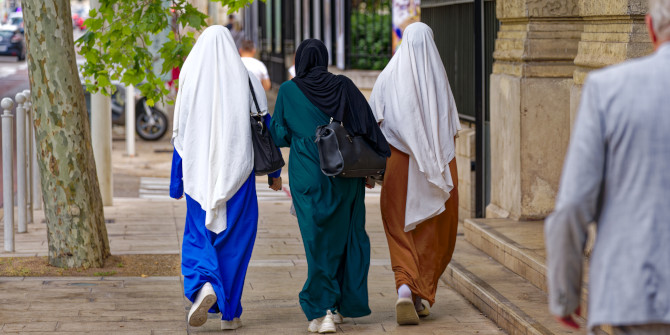
Courtesy
In late August, just a week ahead of France’s famous rentrée—when the entire country marks “the return” from summer holiday and gets back to work and school—newly appointed Education Minister Gabriel Attal announced that students would be prohibited from wearing the abaya, a loose-fitting robe worn by some Muslim women as a form of modest clothing, in schools.Predictably, the decision set off another round of trans-Atlantic disputes over the meaning of freedom of religion and the best way to guarantee it, with Americans accusing the French state of infringing on the rights of its Muslim citizens and the French accusing Americans of not understanding the nature of French secularism, or laïcité. The belief that the two countries have radically different approaches to secularism and the separation of church and state is now widespread, deeply entrenched—and wrong. In fact, the source of this dispute emerged relatively recently, and it represented a significant and controversial shift in the emphasis of French laïcité: the so-called headscarf law of 2004. By Judah Grunstein. Full Text -> WPR





More Stories
Un pacto de justicia transicional para Venezuela
USA Report on Human Rights Practices in Venezuela.
Venezuela: Iran’s Gateway to Latin America